Dining
Eating the World with Juan Padro
He’s been to thousands of restaurants.
Sometimes he’s visited up to eight in one day. His passport has been stamped in 32 different countries. All 50 states have been checked off as has every province in Canada. He’s opened 20 dining establishments of his own and has consulted on another five.
It’s safe to say that the culinary industry is right in Juan Padro’s wheelhouse.
So, when he’s visiting someone else’s “house” while on a trip, each dining experience further fuels his passion for discovery, “The opportunity to see how food is truly prepared and created is what binds us. It’s our commonality as human beings,” he explains from his Cherry Creek office. “If you can get someone to the table and share a great meal, you’ll likely be able to solve most of your differences.”
In this installment, Padro is our kitchen confidant for introducing you to dining room tables from around Mexico, Argentina, Chile, and Puerto Rico.
“Latin America is the future,” Padro explains. “Spanish is the third most spoken language in the world, and, in America, we are second in the world behind Mexico for Spanish speakers. In Latin America, people are passionate about art, culture, food, music, and politics. Who you are matters more than what you do. So, for me, I love that. I was brought up that way and I crave that, so I seek it out as much as possible.”
So, should you find yourself in any of these magnificent corners of the world, bon appetit.
Tell them Juan Padro sent you.
01: Buenos Aires, Argentina
Don Julio Parilla is widely considered to be one of the world’s best steakhouses. As I was escorted to my table, what would be a “bar” in America was a bunch of grills with meat on them, visible to everyone in the dining room. It is a magical setting with a huge wine list of mostly Argentinian wines and expertly grilled local beef.
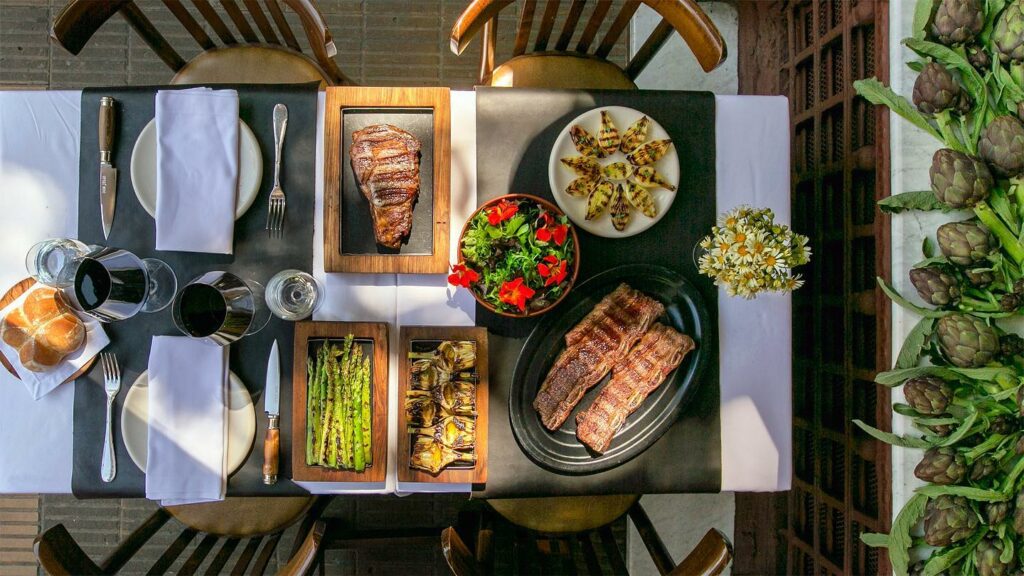
Mishiguene is known for its creative approach to Jewish cuisine, lending itself beautifully to Buenos Aires’ large Jewish population. The restaurant offers a unique and modern twist on traditional Jewish dishes, and it features the best short rib dish that I’ve ever eaten. Mishiguene has received recognition on the world’s best restaurants list for Latin America, and deservedly so. It’s one of the top restaurants I’ve been to in Latin America over the past few years.
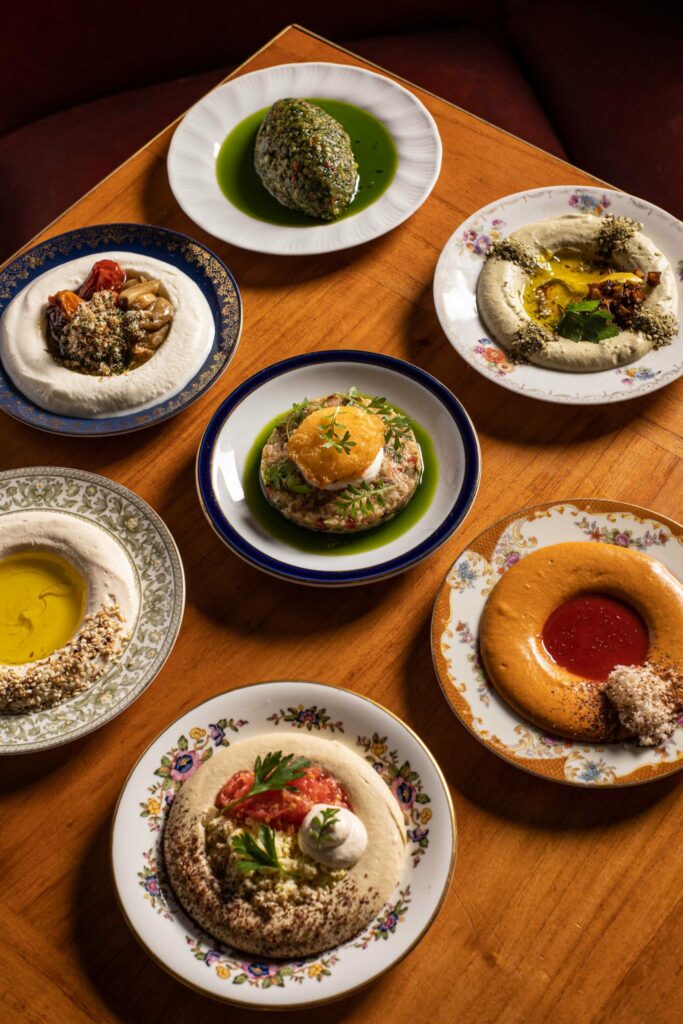
Any pizza place in Buenos Aires is one that you should pop into. Nowhere takes more pride in their pie than Argentina (and I’m from the East Coast). Italians migrated to Argentina in the late 19th and early 20th centuries. It is typically cooked in a brick oven, which gives it a crispy outer crust while keeping the inside doughy and soft. It is often served in large rectangular slices called “porciones” or “porción de pizza,” and is commonly enjoyed as a casual meal or as a late-night snack. The popular called “fugazza,” is topped with caramelized onions and sometimes cheese.
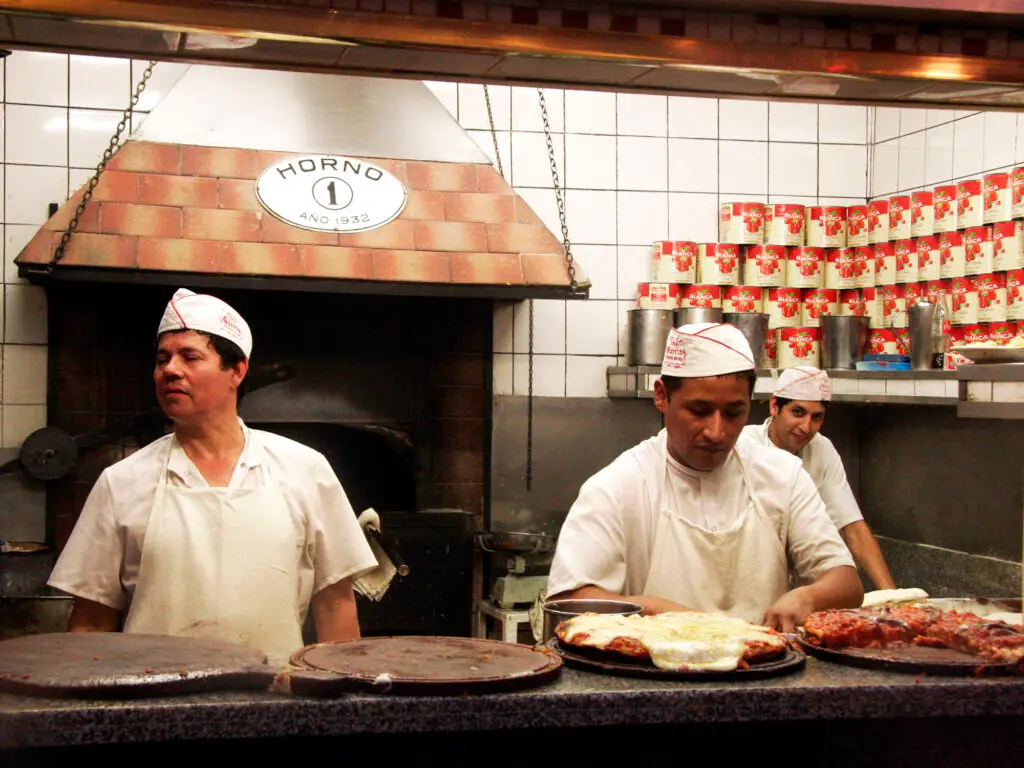
Florería Atlántico is a hidden speakeasy-style disguised as a flower shop. Once inside, you are greeted by a hostess and brought downstairs where the interior is reminiscent of a 1920s era prohibition-style bar. It’s exclusive and a sophisticated destination for those seeking a memorable and immersive drinking experience. The DJ was actually part of the action, spinning vinyl next to the team that was making some of the best cocktails I have ever tasted. If you ever questioned what cool was, this is it. It’s been named to the top 50 best bars in the world.

02: Santiago, Chile
Borago has been recognized as one of the best restaurants in Chile and Latin America. It’s a dining destination that’s experiential first and foremost. Borago is known for its innovative and creative cuisine that showcases indigenous ingredients and traditional Chilean flavors. I loved it. I got to tour the kitchen and see whole animal cooking as well as the artistry of the staff plating some of the most beautiful food I’ve ever seen. This is for an adventurous eater, not someone with a plain palate. It’s artsy, sustainable, beautiful, and the beverage pairings were curated perfectly.

Mestizo Restaurant combines traditional Chilean cuisine with international flavors. The menu focuses on local ingredients, showcasing the country’s diverse culinary culture but in a more simple presentation than Borago. The restaurant really prides itself on its commitment to sustainability and supports local producers. The setting for our meal was a beautiful outdoor terrace overlooking an expansive public outdoor space. I went here with a party of delegates from Colorado, and they did an amazing job with our large group.

Wine is a big deal in Chile, and it should be. Take advantage of their extensive history of winemaking and reputation as one of the premier wine-producing countries in the world. Their location is situated along the western edge of South America, with the Pacific Ocean to the west and the Andes Mountains to the east. This geography creates a natural barrier that helps protect the vineyards from pests and diseases, allowing for the production of high-quality grapes. Overall, Chilean wines have gained international recognition and continue to impress wine enthusiasts with their quality. I certainly enjoyed myself and even went to a vineyard. Veramonte is a winery located in Chile’s Casablanca Valley. They produce a variety of wines, including Sauvignon Blanc, Chardonnay, Pinot Noir, and Cabernet Sauvignon.
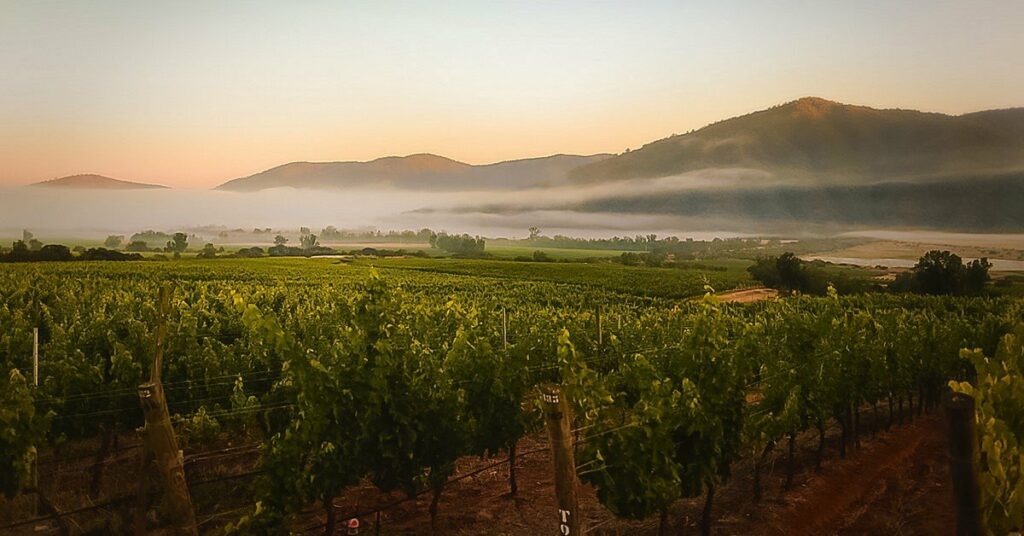
In addition to wine, Siete Negronis is an awesome cocktail bar known for its unique twist on classic Negroni cocktails, thus the name “seven” negronis. Snacks we had included ceviche, empanadas and grilled meats. The atmosphere was very cool with the bar having a second level area in the form of a luxury suite.
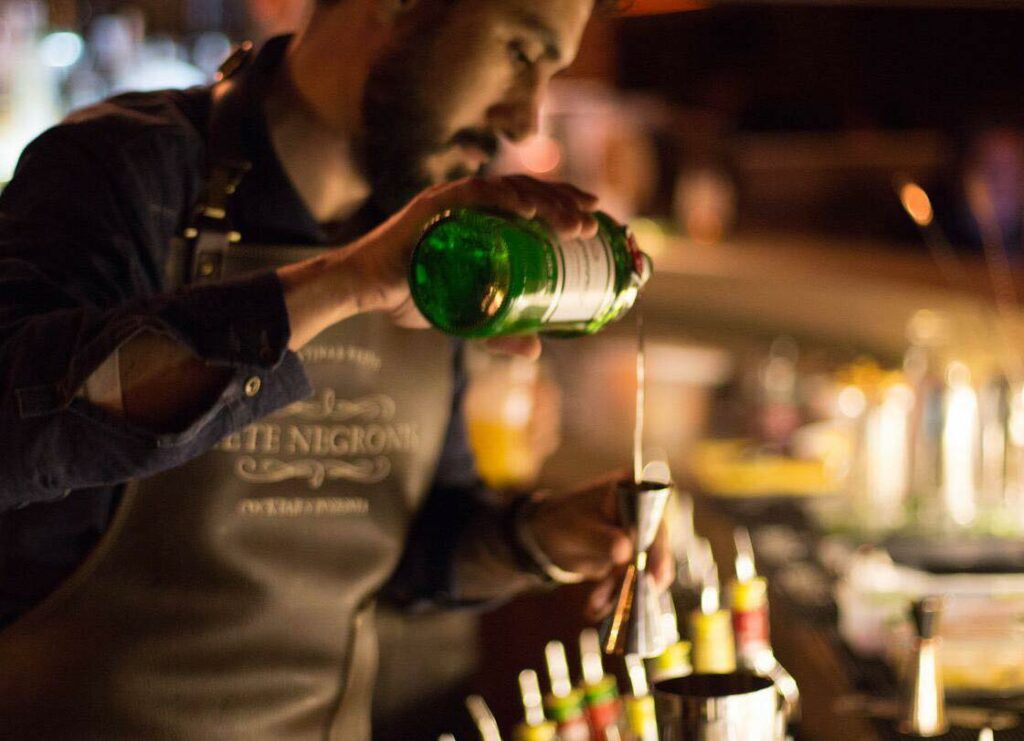
03: Mexico City, Mexico
Maximo Bistrot is my favorite restaurant in Mexico City. The restaurant is known for its French-inspired cuisine made from local and organic ingredients. The seasonal produce and incredible butchery and fresh fish allow for simplicity, but also for the chef to create innovative dishes. The ambiance and interior of the restaurant are super hip yet warm, and the hospitality I found to be incredible. This is, without a doubt, one of the best restaurants in all of Mexico.
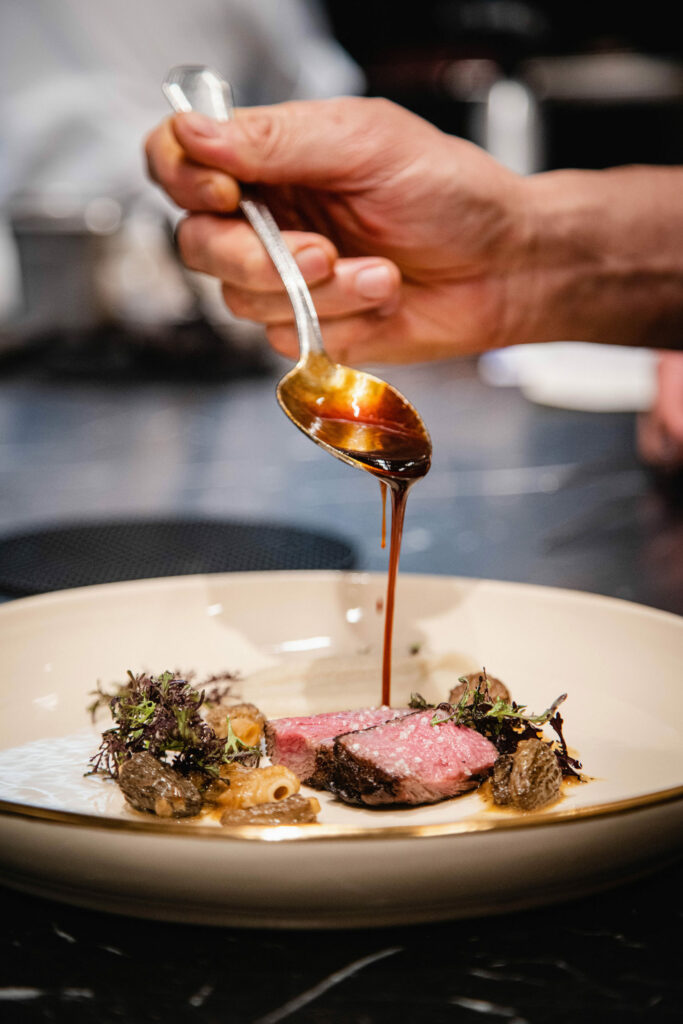
Pujol, known for its innovative and modern approach to Mexican cuisine, was founded by chef Enrique Olvera in 2000, and has gained international recognition for its unique dishes that combine traditional Mexican ingredients with contemporary techniques. Pujol also has produced some of the globe’s best chefs, including my favorite chef on the planet, Daniela Soto Innes, who was named “World’s Best Female Chef” at the age of 28 by World’s 50 Best Restaurants. Pujol has received numerous accolades and is continuously ranked as one of the world’s best restaurants.

Licorería Limantour is an award-winning bar that is often considered one of the best cocktail bars in Latin America, if not the world, and frankly, I’ve never had better cocktails. Everything is so innovative and the attention to detail is through the roof, while maintaining a very high level of playfulness and hospitality.
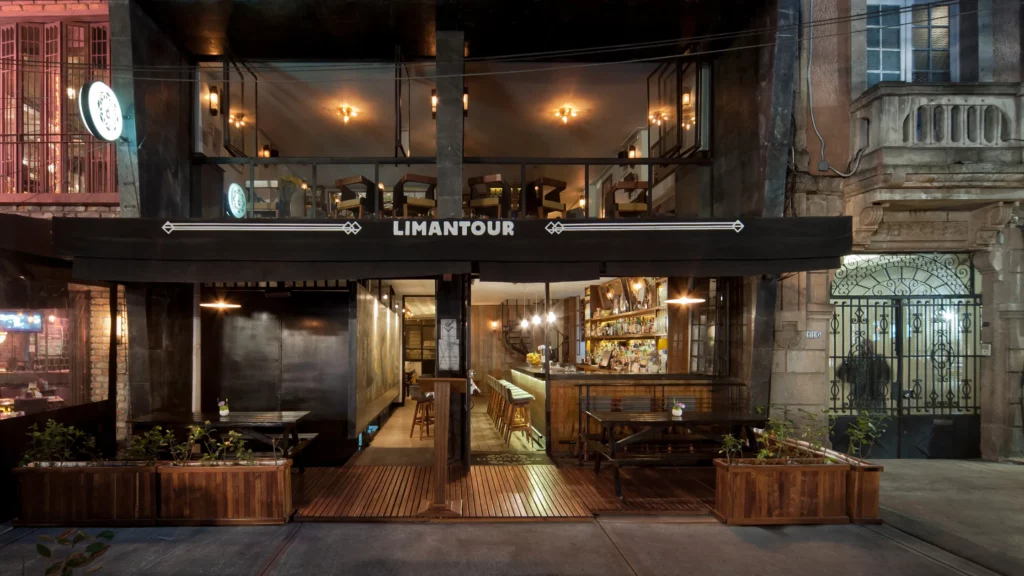
Fifty Mils in the Four Seasons Hotel is a stylish and upscale cocktail bar that offers a sophisticated menu of classic and contemporary cocktails. The bar is known for its impeccable service and elegant ambiance. The setting is truly classic and gorgeous. It’s the perfect place for a romantic night with your significant other.
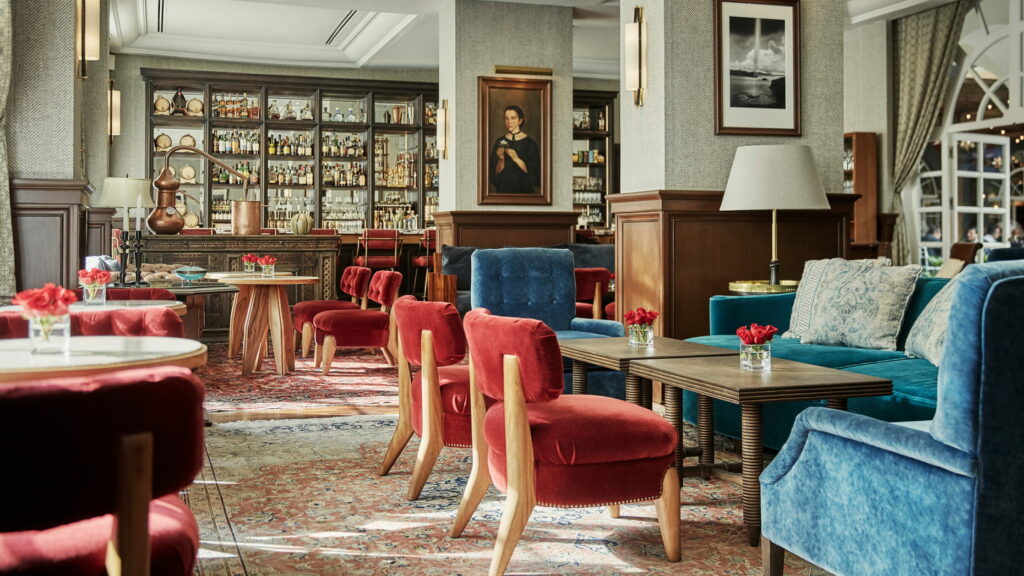
Baltra is a hidden gem located in the Juárez neighborhood. This cozy bar specializes in Mezcal-based cocktails and offers a curated selection of artisanal Mezcals from different regions of Mexico. It also has a laid-back and welcoming atmosphere.
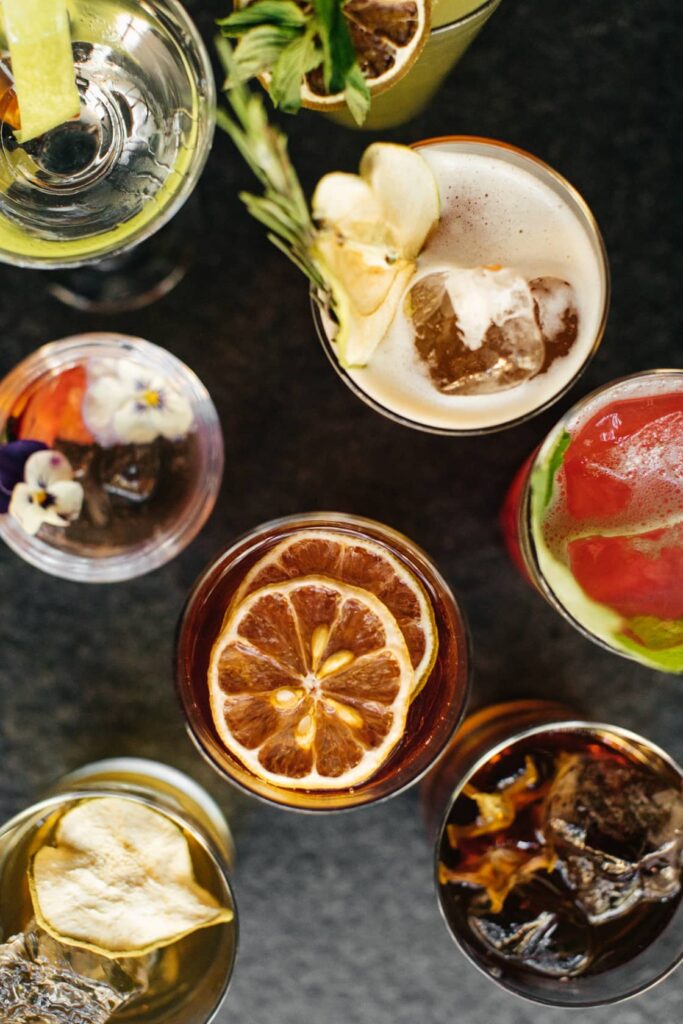
My favorite wine bar is Hugo Wine Bar. It’s very Parisian and has delicious fare like cheese and charcuterie boards, salads, sandwiches, and desserts. The bar provides a warm and inviting atmosphere, perfect for enjoying a glass of wine with friends.

04: Tulum, Mexico
Tulum is in the Yucatan Peninsula and has a very diverse food scene defined by the region’s rich Mayan heritage and fusion of international flavors. I think everyone is shocked at just how great the food is there.

Yucatecan cuisine features ingredients like achiote (annatto seed), habanero peppers, and citrus flavors. A traditional dish that is my absolute favorite is cochinita pibil (slow-roasted pork), and the best place to get it is outside of the Tulum Centro at a place called Chaan Paal. They make the most amazing tortillas to go along with the pork and delicious hot sauces with varying heat. A couple of other traditional dishes are poc chuc (grilled marinated pork), and sopa de lima (lime soup).
Being a coastal town, Tulum has the freshest seafood. You can enjoy ceviches, grilled fish, and shrimp dishes at many beachfront restaurants. Try tikin xic, a traditional Mayan dish of grilled fish marinated in achiote and sour orange.
Tulum is also famous for tacos. You’ll find a wide variety of options, from traditional street-style tacos to gourmet creations. Al pastor (marinated pork), cochinita pibil, grilled shrimp, and vegetarian options like grilled cactus or mushroom tacos are everywhere in town. Tulum embraces the farm-to-table concept and some restaurants even have their own organic gardens. This focus on fresh and sustainable ingredients adds a unique touch to the dining experience in Tulum as well as the world class chefs flocking there. My three favorite restaurants are:
Arca: Chef Jose Luis is a Noma alum and can flat out cook. The setting is in the jungle, the cocktails are world class, and the food is considered some of the best in Mexico.
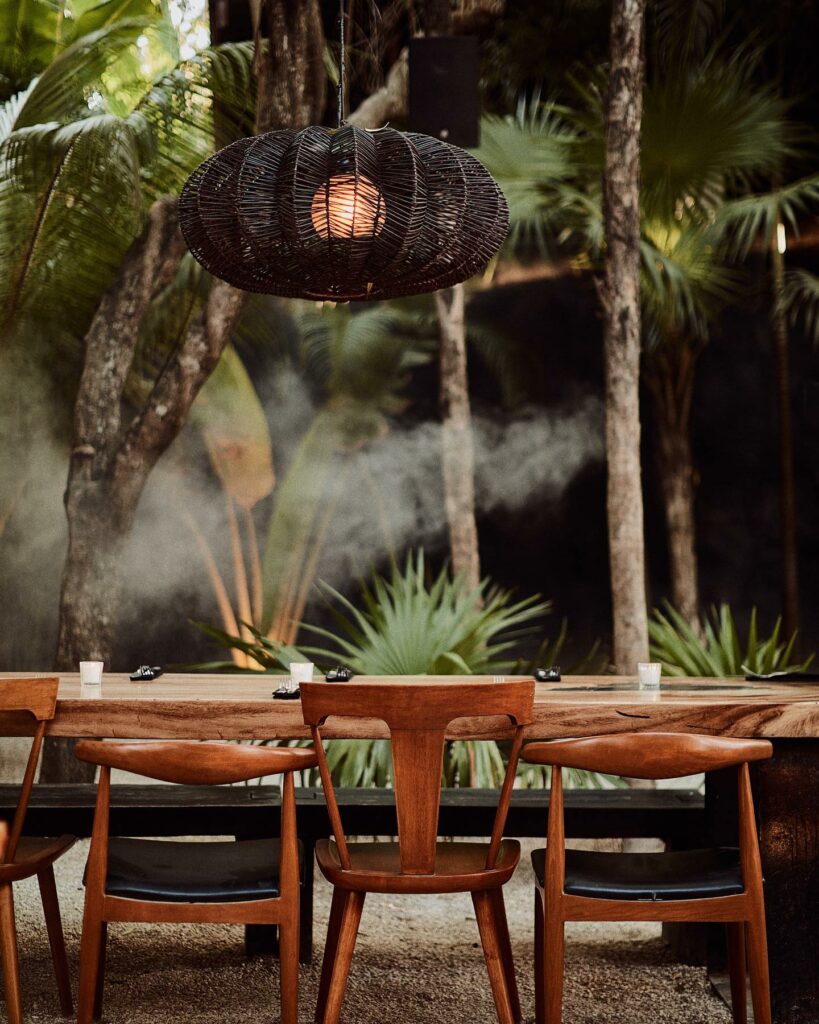
Hartwood: This restaurant focuses on fish, meat and vegetables. It’s all live fire cooking, simple and delish.

Kitchen Table: This is another jungle restaurant that doesn’t get the same acclaim as Arca, but it is my favorite due to its intimacy and world class hospitality. They offer a tasting menu, a vegan menu and a la carte. I love this place.
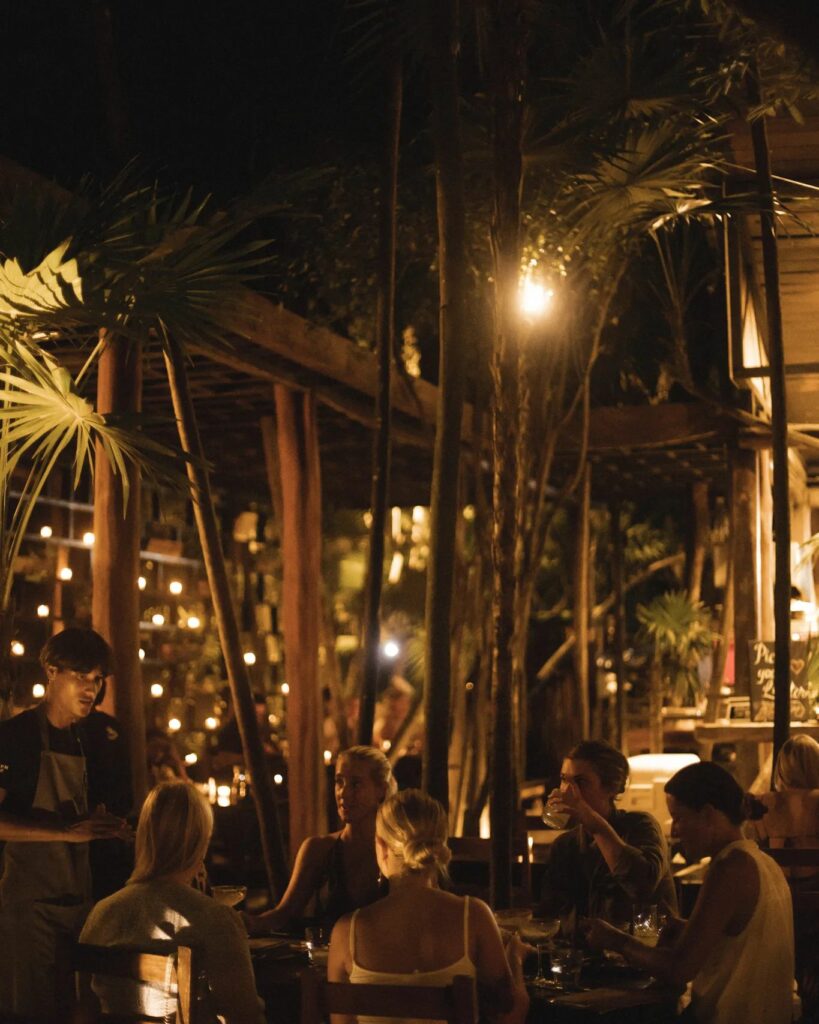
Finally, I do want to mention a place called Cetli. This restaurant is on the outskirts of town and the woman is a one-person show, so be prepared to wait. However, everything is cooked from scratch and, because she’s from Puebla, you get the best mole you’ve ever had. It’s truly mind blowing. Go for a leisurely lunch.
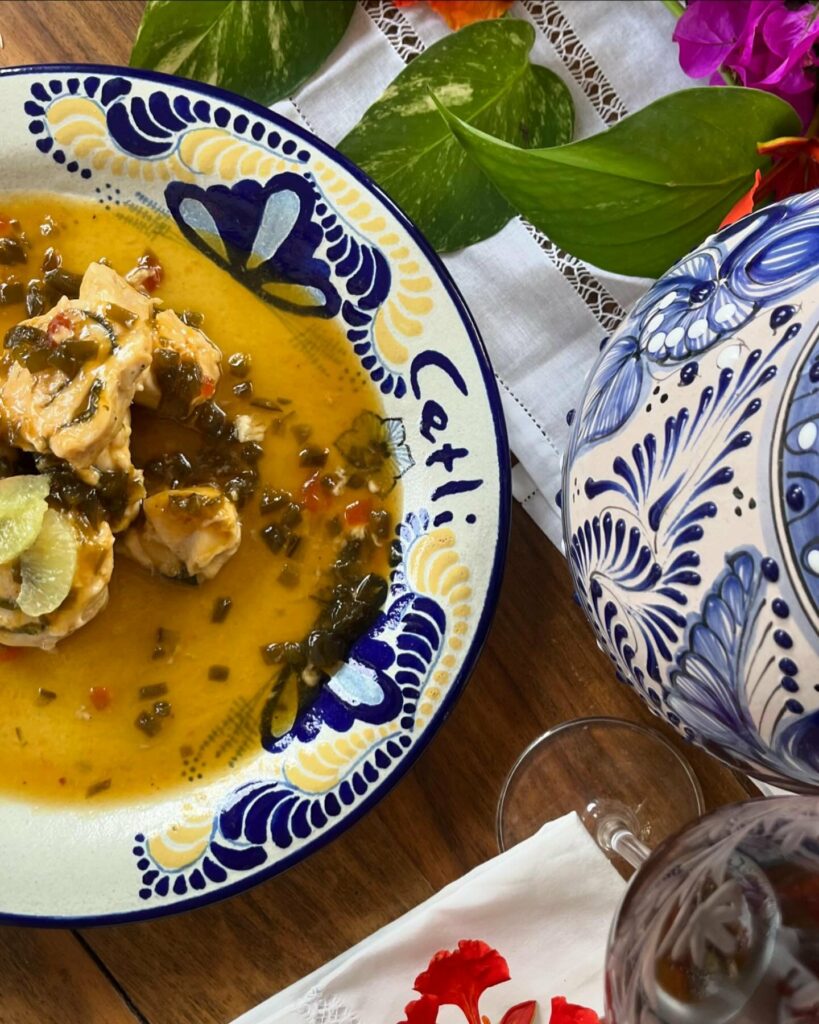
05: San Juan, Puerto Rico
San Juan is the love of my life. My father is from Puerto Rico, and its capital city is my favorite in America. The colonial era old town is worth the trip alone, as it sits on a cliff overlooking the Atlantic Ocean and is surrounded by the Spanish fortress El Morro. Other areas in and around San Juan are Condado, Santurce and Mirimar, and they have incredible food and drink options.
Vianda in Santurce is putting some of the best food on a plate anywhere on the island or anywhere else, for that matter. The husband-wife team of Chef Frances Guzman and front-of-the-house savant Amelia have created a must-visit experience with incredible hospitality. The room is simple and elegant, and the food uses ingredients local to the island as well as some sourced specialty items from the mainland.

El Jibarito in Old San Juan is classic Puerto Rican soul food. “Jibaro” is essentially a person from the countryside, mostly farmers who live a very traditional life. My father was a Jibaro, and I grew up eating the same things this restaurant does so well like rice and beans, Asopao, which is like our version of a gumbo; pasteles which are essentially a tamale but made with plantain and yuca; bacalaitos which are cod fritters and mofongos which are mashed plantains stuffed with seafood or meat and topped with a creole sauce or a garlic sauce.
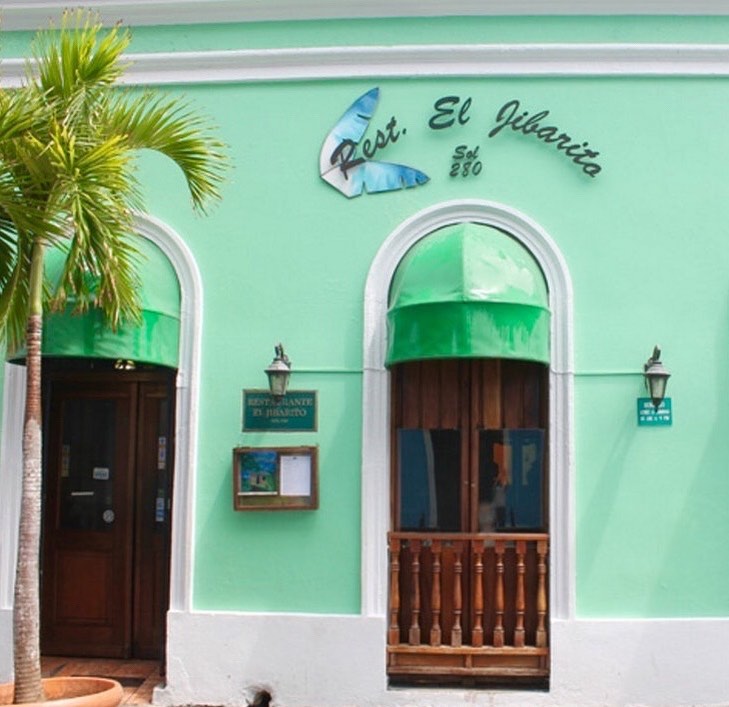
La Factoria might be the greatest bar on earth. The building is several centuries old, and it’s actually seven bars under one roof with various themes. The bartenders dictate the vibe, putting on a show behind the bar. There’s a salsa bar, a speakeasy, a wine bar and a dance bar as well. It’s a tremendous destination where an all-time great, Roberto Bercedia, remains a fixture as one of the owners.
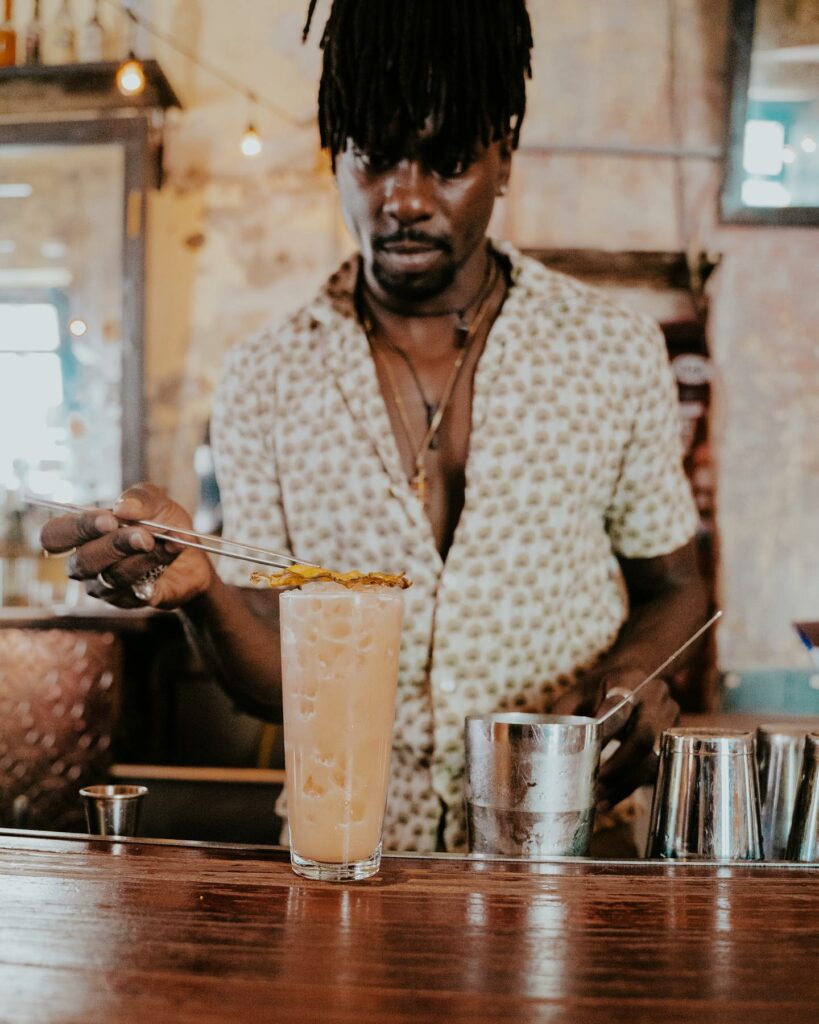
The Pork Highway, also known as “La Ruta del Lechón,” is a famous culinary route in Puerto Rico that stretches along Highway 184 in the town of Guavate, about an hour’s drive from San Juan. This stretch of road is lined with restaurants and lechoneras (roast pork stands) that specialize in serving traditional Puerto Rican roasted pig, or lechón. At the lechoneras along the Pork Highway, you can witness the traditional process of roasting a whole pig on a spit over an open fire. The pigs are seasoned with a variety of herbs and spices, such as adobo (a seasoning blend), garlic, and oregano, to create a flavorful and crispy skin. In addition to the lechón, the lechoneras also offer a variety of side dishes and accompaniments. These may include arroz con gandules (rice with pigeon peas), yuca (cassava), morcilla (blood sausage), tostones (fried plantains), and many other traditional Puerto Rican dishes. The Pork Highway not only offers delicious food but also a cultural experience. It is a place where locals gather to enjoy good food, live music, and a festive atmosphere. It’s a great opportunity to immerse yourself in Puerto Rican culture and indulge in the island’s culinary delights.


Photo by Esther Lee Leach
Juan Padro’s Culinary Creative Group is responsible for critically acclaimed restaurants throughout Denver, Aspen, and New Orleans, featuring award-winning fare and unforgettable hospitality experiences.







































